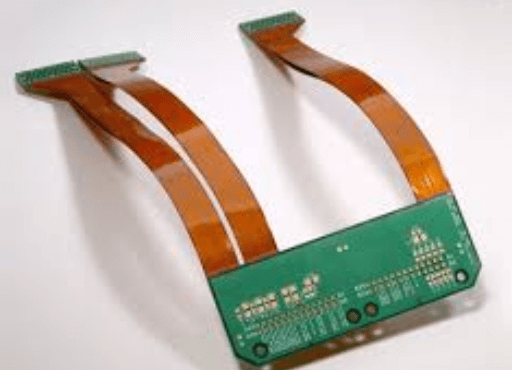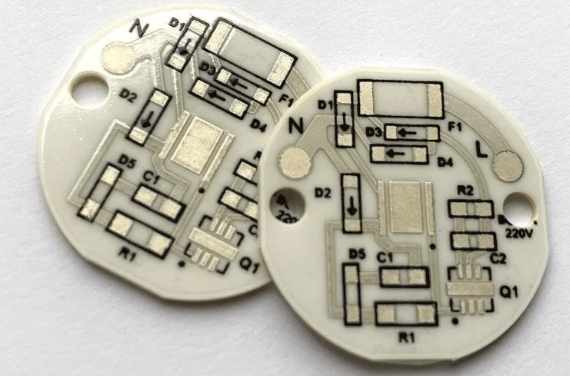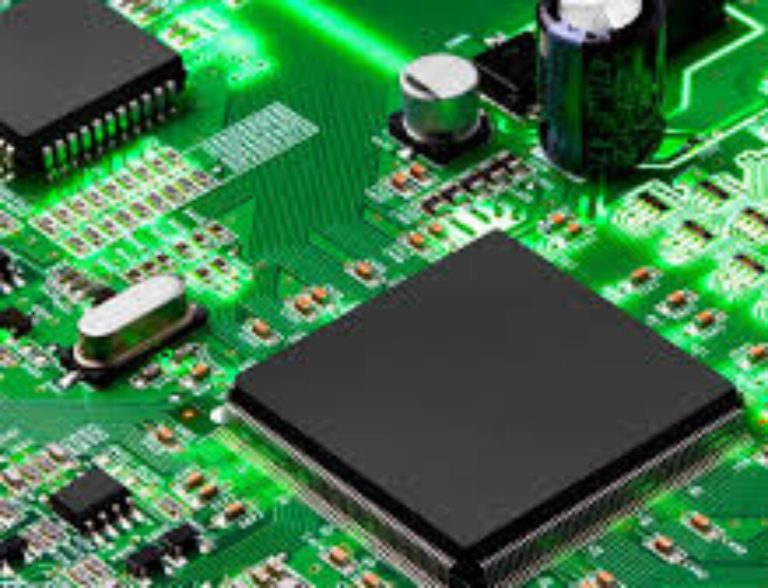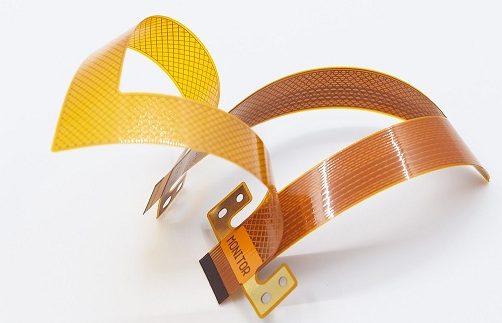What are the reasons why the PCB pads fall off and are not easy to tin?
1.PCB
PCB is the abbreviation of Printed Circuit Board, and its Chinese name is circuit board. Printed circuit board, also known as printed circuit board, printed circuit board, is an important electronic component, a support for electronic components, and a provider of electrical connections for electronic components. Because it is made using electronic printing technology, it is called a “printed” circuit board.
The inventor of the printed circuit board is Austrian Paul Eisler, who used a printed circuit board in a radio device in 1936. In 1943, Americans used this technology extensively in military radios. In 1948, the United States officially recognized this invention for commercial use. Since the mid-1950s, printed circuit board technology has only begun to be widely used.
Before the emergence of printed circuit boards, the interconnection between electronic components was It is achieved by direct connection of wires. Now, circuit panels only exist as effective experimental tools; printed circuit boards have occupied an absolute dominant position in the electronics industry.

2.What are the reasons why PCB pads fall off and are not easy to tin?
There are several possible reasons why the pads of some PCB circuit boards are not easy to tin:
(1)Improper surface treatment:
The surface treatment of PCB pads is very important for welding quality. If the surface treatment of the pad is insufficient or incorrect, such as surface oxidation, oil, dirt or other impurities, it will hinder the wetting and expansion of solder. Good surface treatment, such as the use of pre-solder cleaners or chemical treatment methods, can improve the tinability of the pad.
(2)Aging or damage of the tin layer:
If the tin layer on the PCB pad is aged, oxidized, or damaged, will affect the adhesion and wettability of the solder. Aging of the tin layer may be caused by reasons such as long storage time, environmental exposure or improper soldering conditions. In this case, the pad may need to be reprocessed or re-tinned.
(3)Improper material selection: The surface characteristics of some PCB materials may make it difficult to tin the pad. For example, some special materials or special surface coatings may have high surface tension, making it difficult for the solder to wet and adhere. When designing and selecting PCB materials, soldering performance and tinability should be considered.
(4)Design issues: The design of the PCB pad may also affect the wettability of the solder. For example, the pad shape, size and layout may cause poor or uneven solder flow. Reasonable pad design, such as using appropriate pad shape and size, and Following welding specifications and standards can improve the quality of solder.
(5)Board quality issues
Due to the poor adhesion between the copper foil and epoxy resin of the copper clad board, even if the copper foil of the circuit board with a large area of copper foil is slightly heated or under mechanical external force, it is very easy to separate from the epoxy resin, resulting in pad shedding or copper foil shedding.
(6)fluence of circuit board storage conditions
Affected by weather or stored in a humid place for a long time, the circuit board absorbs moisture and contains too much water. In order to achieve the ideal welding effect, the heat taken away by the volatilization of water should be compensated during the patch welding, and the welding temperature and time should be extended. Such welding conditions are likely to cause the copper foil and epoxy resin of the circuit board to delaminate. Therefore, PCB factories should pay attention to the humidity of the environment when storing circuit boards.
(7)Soldering problems with electric soldering irons
Generally, the adhesion of circuit boards can meet ordinary soldering, and there will be no pad falling off. However, electronic products are generally likely to be repaired, and repairs are generally repaired with electric soldering irons. Since the local high temperature of the electric soldering iron often reaches 300-400℃, the local temperature of the pad is too high, and the resin under the soldering copper foil falls off due to high temperature, resulting in pad falling off. When the electric soldering iron is disassembled, it is also easy to be accompanied by the physical force of the electric soldering iron head on the pad, which is also the reason for the pad falling off.
(8)External force problem
Another common reason for PCB pad falling off is external force. If the pad is subjected to excessive external force, such as mechanical shock or vibration, it will cause the pad to fall off.
For example, in applications such as mobile devices or automobiles, the pad may loosen or fall off due to mechanical shock or vibration. In addition, if the PCB is not installed correctly, such as not being fixed firmly or placed stably, it may also cause the pad to fall off. Weiyang Mall has built its own efficient and intelligent warehouse, providing one-stop genuine spot purchase, personalized solutions, selection and substitution and other diversified services.
If you encounter the problem that the pad is not easy to tin, you can consider the following solutions:
· Perform proper surface treatment and cleaning to ensure that there is no dirt and oxidation on the surface of the pad.
· Check the pad material and treatment method to ensure its solderability and tinability.
· Check the pad design to ensure that it meets the welding specifications and standards.
If the problem persists, you can consult a professional PCB manufacturer or welding engineer for further advice and solutions.







